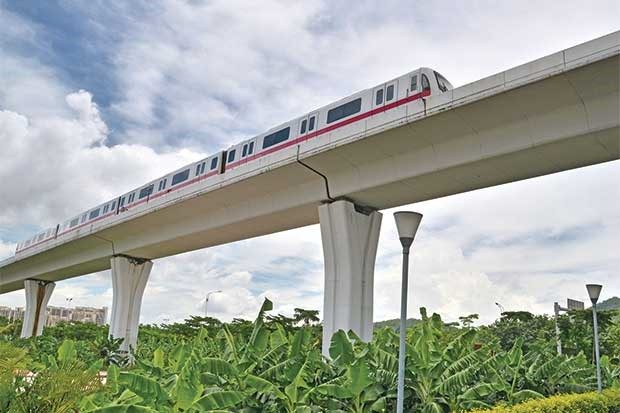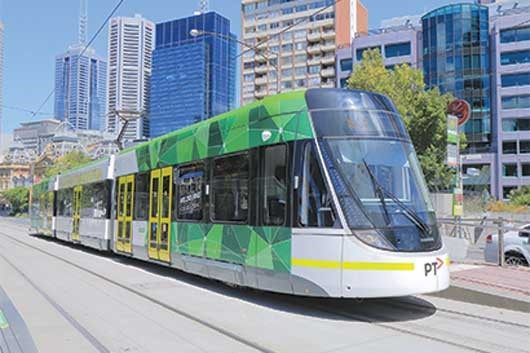The train would cost $1.6 million. But a ‘light’ train would be worth the third part of that amount.

The government is seeking to construct a monorail but the cost is such an obstacle. The idea of building a railway system of this sort in Costa Rica has strong reasons and may bring a lot of benefits to all the inhabitants and workers who have to commute on a daily basis.
The government has been dangled two options, one of which is better than the other but could also bring solutions and boost employment:
- The construction of a more affordable train ($600 million)
- The construction of a more modern train ($1.6 million)
Costa Rica is evaluating both choices, but the latter is just too tempting. This train would be aerial and there would not be need of rebuilding some places and routes of the city in order to construct this train. The train in mind to be built is just like the one of the pictures, the same model, or at least something very close to it.
This project has made the government look for financial help to be able to carry out this plan. The train must be constructed as soon as possible because streets and roads are getting congested too quickly every morning making commuting to work really complicated.
The main obstacle is the cost and people’s purchasing power. Given the case that the government makes ways to build the train, will people be able to pay a ¢2 fee every day? That’s the question and the concern regarding the train. There are lots of questions concerning the lights of people to pay such a high fee on a daily basis. Therefore, the main question is:
Is the $1.6 million train cost-effective?
The project evidently has its benefits; one of them is that it will help commuters save time when going to work. The ticket price could be the drawback.
Setting a flat rate is another alternative. The proposal has been known by Incofer President Christian Vargas who also proposed that the train should be financed by two important entities, one of which is one of his closest contacts. The first entity that would help is the Banco de Costa Rica which would contribute the 40% of the overall expenses plus the 60% contribution from a commercial partner.

The other option is returning to the Tram-train. The tram-train would also help reduce traffic jams during rush hours in the city but will exponentially increase the risk of car crash and accidents as it would be built near traffic lights. One of the advantages of having a ‘light’ train in the city is the cheapness. It is much more affordable than the aerial train and it would bring immediate solutions at a low cost.
Let’s now read the advantages and disadvantages of both railway systems.
Tram-trains are used in many cities in the world
The monorail would not affect any road intersections diminishing the risk of a car crash to the maximum. As for the tram-train or also known as ‘light train’, it would affect the road intersections and new road measures would have to be taken.
- $65 million dollars would be necessary to finance the monorail, which translates in ¢1 fee every day. Low-income citizens would find this fee unaffordable mainly if they have to commute to work every day, then they would have to spend ¢2 on a daily basis.
- Both alternatives sound good to reduce traffic jams. As for the payment method, needless to say, the aerial train system counts on an electronic system through which people can pay the fee, and it’s much easier in comparison with the typical manual charging implemented in the train-tram system.
